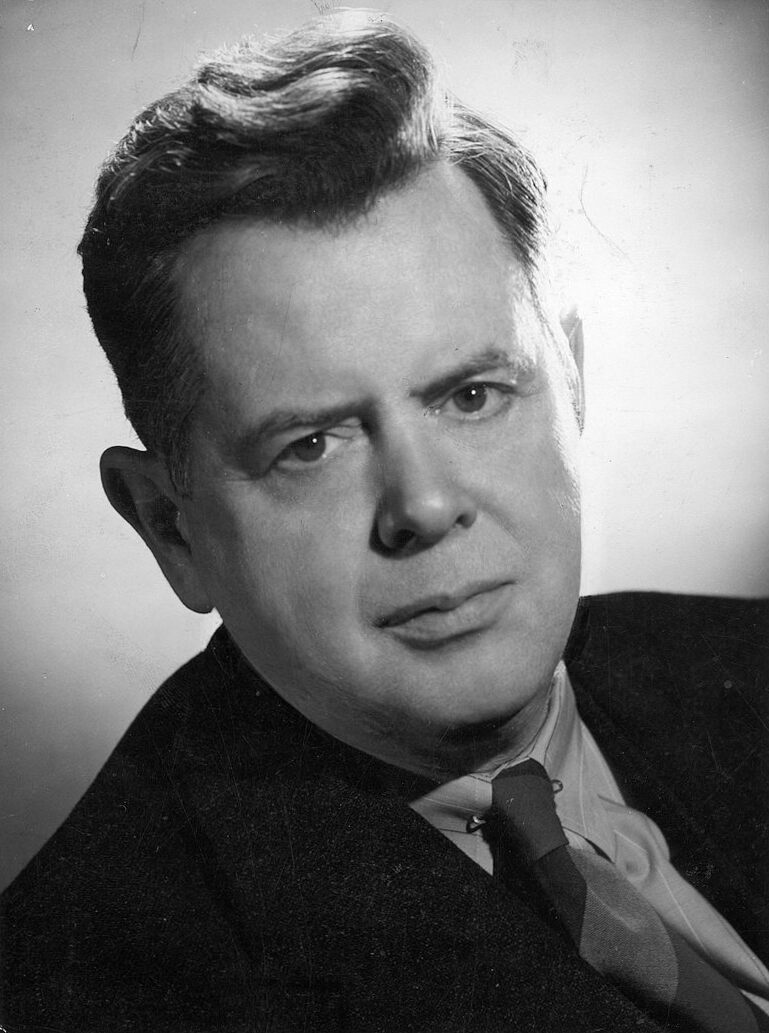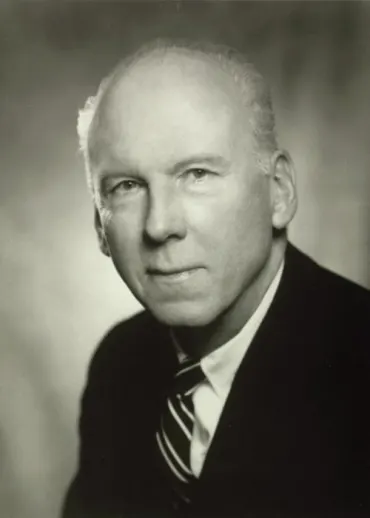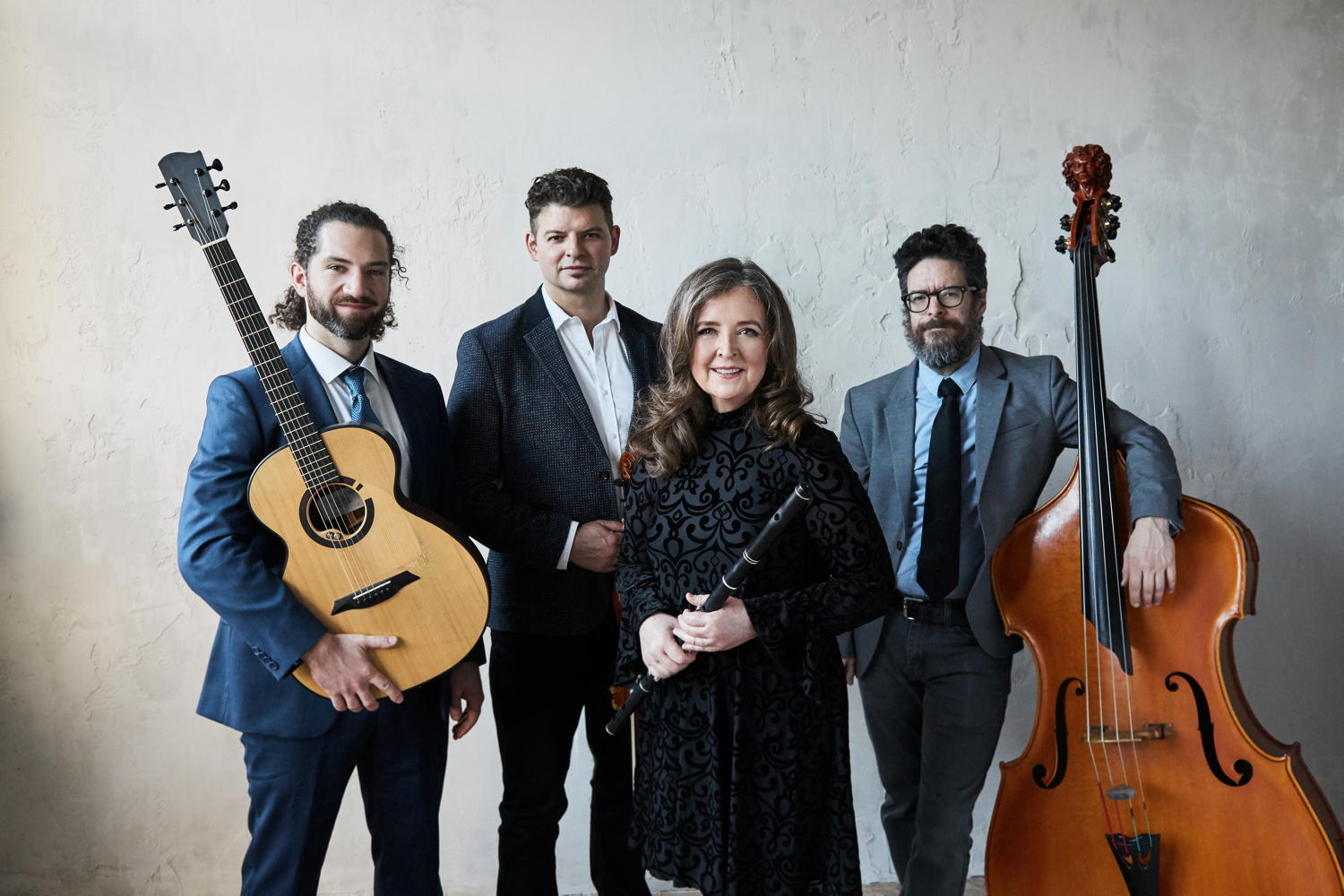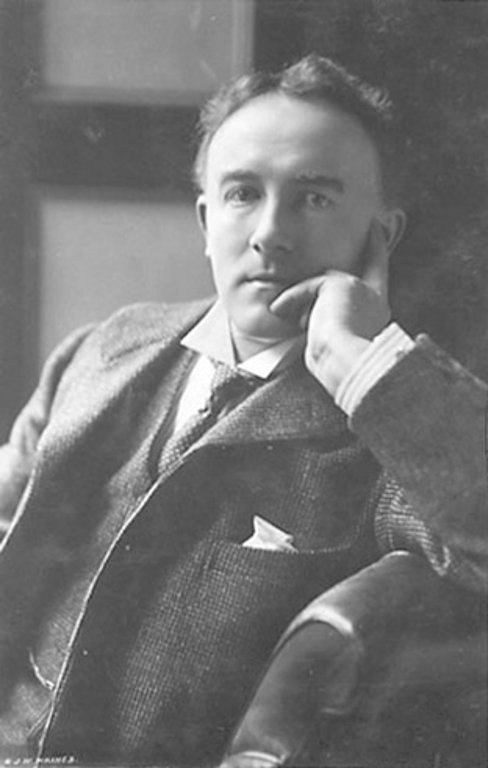Over the Ocean to Canada
Program Notes
Notes by Anita Brooks Kirkland
For countless Canadians, a journey across the Atlantic Ocean to a new life in Canada is part of their own personal story or embedded in their family history. Whether inspired by love, ambition, or necessity, the stories of these brave immigrants are integral to the story of Canada itself. How better to celebrate that story than through music.
Waterloo Chamber Players joins forces with the Allison Lupton Band for this first concert of the new season. Over the Ocean to Canada is a spirited celebration of Celtic heritage and Canadian stories in song.
Sir Ernest MacMillan (1893 – 1973)
Fantasy on Scottish Melodies
Ernest MacMillan’s importance to Canadian music cannot be overstated. He was an accomplished organist, the conductor of the Toronto Symphony Orchestra for 25 seasons, a sought-after international guest conductor, and a scholar of Canadian folk music. MacMillan was passionately dedicated to music education and touched the lives of young musicians across the country as an adjudicator for the Royal Conservatory of Music. He served as the Dean of Music at the University of Toronto, where his brilliance as an administrator resulted in many innovations to the program.

Sir Ernest MacMillan is one of Canada’ most important and influential musical leaders. Through all his ventures he consistently supported and promoted the intrinsic value of music and the arts to the country’s culture.
Born in Mimico and spending most of his life living in downtown Toronto, MacMillan spent two notable periods abroad. Seeking to improve his proficiency on the piano, in 1914 he went to study in Paris. That summer he visited the Bayreuth Wagner Festival and unfortunately found himself in German territory at the outbreak of the First World War. As an “enemy alien” he was detained as a prisoner for the duration of the war. With his characteristic energy, MacMillan took the opportunity to improve his conducting skills, leading the prisoner camp orchestra in many musical productions. He also focussed on composition, and through a service for the education of prisoners he was able to submit one of his works for consideration for a Doctor of Music degree from Oxford University.
For today’s performance, an earlier period abroad is particularly important. MacMillan’s father was a native of Edinburgh, Scotland, and took his family back there for three years when Ernest was only eight years old. The young musician took this opportunity to study with noted organ scholars and even received permission to attend music classes at the University of Edinburgh. MacMillan retained a fondness for Scotland and for his family’s Scottish heritage for the rest of his life, and it is not surprising that he expressed this musically with his Fantasy on Scottish Melodies, published in 1946.
Leroy Anderson (1908 – 1975)
The Irish Washerwoman
You may not know it, but Leroy Anderson is already a part of your musical experience and may be responsible for some serious earworms! That trumpet braying like a horse at the end of Sleigh Ride? Leroy Anderson. The lifelike musical rhythms of The Syncopated Clock and The Typewriter? Leroy Anderson. And yes, you’ve likely danced along to the sultry tones of his Blue Tango.

While Leroy Anderson’s music is engrained in American popular culture, music was only one part of this intriguing person’s pursuits. Born in the United States to Swedish parents, Anderson studied Scandinavian languages at the doctoral level at Harvard and eventually became fluent in seven European languages. This was after having already received an MA in music at the same university, focussing on composition and studying with Walter Piston and Georges Enesco no less. During World War II he was stationed in Iceland as part of the US Army Counterintelligence Corp, translating and interpreting, and generally keeping tabs on the local media. Postwar he was assigned to the Pentagon as Chief of the Scandinavian Desk of Military Intelligence. Anderson’s military and intelligence career did not distract him from writing music. His work caught the attention of the famed conductor of the Boston Pops Orchestra, Arthur Fiedler, and thus began their longtime association.
You have almost certainly heard the popular jig, The Irish Washerwoman before. It’s just one of those tunes that everyone seems to know. The melody is brought to orchestral life with Anderson’s arrangement, one of six movements of his Irish Suite, all arrangements of popular Irish folk tunes. The orchestra has as much fun playing this one as we hope you will have listening to us!
The Allison Lupton Band
We are very pleased to have the Allison Lupton Band join us to tell stories that bring Canada’s unique history to life. As Allison tells us, “I tend to write songs about stories that I hear”, describing her style as Canadian folk, incorporating fiddle tunes and styles from Celtic, French Canadian and Métis folk traditions. (Read more about Allison and the band.)

Half My Heart (with the orchestra)
Music & lyrics by Allison Lupton & Craig Werth
Orchestral arrangement by Kevin Fox
A friend of Allison’s told her the story of a token which depicted a broken heart with the images of a mother and her child, who had been left at a foundlings’ hospital. The song tells the story of a mother seeking her child who was put into care, from the mother’s perspective.
When Trouble Comes
Music & lyrics by Allison Lupton & Craig Werth
This haunting song tells the story of melting ice threatening a flood on Ontario’s Grand River, and the larger troubles the flood might bring. “The river is rising, this dam won’t hold, trouble comes, trouble comes. Angry water, deep and cold, trouble comes, trouble comes.”
Mel’s 100th / Blind River Breakdown / Sarah Dancing
The band performs this set of three songs.
Over the Ocean to Canada (with the orchestra)
Music & lyrics by Allison Lupton
Orchestral arrangement by Kevin Fox
Over the Ocean to Canada is a love song, telling the story of a British war bride who like so many at the end of WWII followed her love, a Canadian serviceman stationed in Britain during the war, across the ocean for a new life together. Allison Lupton remarks, “I am so taken by people who could find love in a time of such darkness. I conceived the song as a dance, in waltz tempo. So many met at a dance.”
Intermission
Edward German (1862–1936)
Welsh Rhapsody
Edward German was a prolific and popular English composer of Welsh heritage. Indeed his surname German is an anglicized version of the Welsh name, Garmon. German’s childhood was infused with music-making and amateur theatrical productions. He began his career teaching violin at the Royal Academy of Music, and played in the orchestra for many theatrical productions, particularly at London’s famous Savoy Theatre. In 1888 he was appointed musical director at the Globe Theatre. All the while, German immersed himself in music composition. It is not surprising that as a composer German is best known for his incidental music for the stage, but he also composed a large body of “serious” music, including many works for orchestra. His best-known orchestral concert piece is Welsh Rhapsody.

Welsh Rhapsody was written for the opening of the Cardiff (Wales) Musical Festival in 1904, where it was very enthusiastically received. Each section of the rhapsody is based on well-known Welsh folk tunes, skillfully crafted together into a cohesive orchestral work. The sections are:
I. Loudly Proclaim
II. Hunting the Hare – Bells of Aberdovey
III. David of the White Rock
IV. Men of Harlech
The rhapsody proved to be extremely popular during German’s lifetime and was the last of his orchestral works that German conducted in public, most fittingly in Aberystwyth, Wales, in 1927.
Allison Lupton Band
Where Oh Where My Rising Star (with the orchestra)
Music & lyrics by Craig Werth
Orchestral arrangement by Kevin Fox
This song by Craig Werth tells the story of two lovers separated by distance but connected by the stars. “Where oh where my rising star, I’m weary, I have come so far. If I can’t have your warm embrace, illuminate me with your face.”
Step Up Molly
Music & lyrics by Allison Lupton
Step Up Molly tells the little-known story of the young women who were recruited from Newfoundland to work in the Dominion Woollens Mill in Cambridge, Ontario, during World War II.
Inchoate / Flower of the Flock / Laughin’ In Baffin / Old Mill Road
The band performs this set of four songs.
Away (with the orchestra)
Featured Tunes: Burnt River Jig & Lucky and Lefty
Music & lyrics by Allison Lupton
Tunes – Brian Pickell & Allison Lupton
Orchestral arrangement by Benjamin Knorr-Byron
Away tells the story of the home children. Between 1869 and 1939 over 100,000 children were sent from Britain to Canada through organized programs. The children, mostly from disadvantaged backgrounds, were placed with families in rural Canada, presumably to offer them better opportunities in life. While some did indeed have positive experiences, the reality was that many of these children faced very harsh conditions, exploitation, and even abuse. The song was inspired by the story of Allison’s Great Uncle Reg, himself a home child. Allison had not known her uncle’s story until recently. He, like so many, rarely talked of his early experience. Allison observed, “There was a stigma – if you were sent to Canada, it was somehow bad.”
Bonnie and May (with the orchestra)
Featured Tune: Sally Ann
Music by Allison Lupton & Craig Werth
Orchestral arrangement by Benjamin Knorr-Byron
The song Bonnie and May tells the true story of Allison Lupton’s grandfather growing up on a farm in southwestern Ontario, working with his two magnificent Percherons, Bonnie and May.